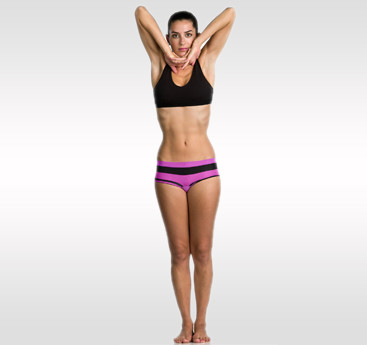Bikram Yoga is practiced in a hot room for a number of reasons – too numerous to detail in this post – however I can at least explain a few. Of course one obvious reason is that the heat allows the body to feel more flexible and therefore can help the student to get into the postures, reducing the chance of injury. However that doesn’t mean you should abandon all awareness of what your body can do today – mind/body connection AND awareness should be paramount! Some days you may be more flexible than others – and that’s OK! It’s all part of a fascinating process!
The heat also serves as a detox – not only a physical detox as you will sweat but it also provides a mental and emotional detox too. For a beginner it encourages the practice of controlling the mind as of course it will feel a bit different if you have never worked out in heat before.
Remember however, whatever you put your focus on will increase so it is prudent to concentrate more on you than the heat. By focussing on the heat you will give it more power and you don’t want to give your power away to something outside of yourself! You have a far greater inner power which is waiting to serve you – all it needs is your acknowledgement and your attention.
The “outer” is nothing compared to the “inner” so if you feel the heat – don’t get out of the kitchen / or yoga class! – just focus on your heart and BREATHE – that is where the power is to overcome what you think is bigger than you. By doing that, it keeps you calm and you realise that the heat is not a problem at all.
After a few classes you will begin to love it – or even better you won’t even notice it at all, as all your attention will be on the wonderful you!
The Benefits of Heat in a Bikram Yoga Class:
- Allows the body to get deeper into the postures
- Physical detox when sweating
- Emotional and mental detox as the control of the mind is increased
- Allows you to prove your inner power
- Melts and moulds stiff and brittle fascia in the body keeping the organs working well
- Can help to mould your body into it’s lovely new shape!
- and more….
Bevxx
 Here is the next in the series of Posture Tips – the powerful Balancing Stick Pose!
Here is the next in the series of Posture Tips – the powerful Balancing Stick Pose!


